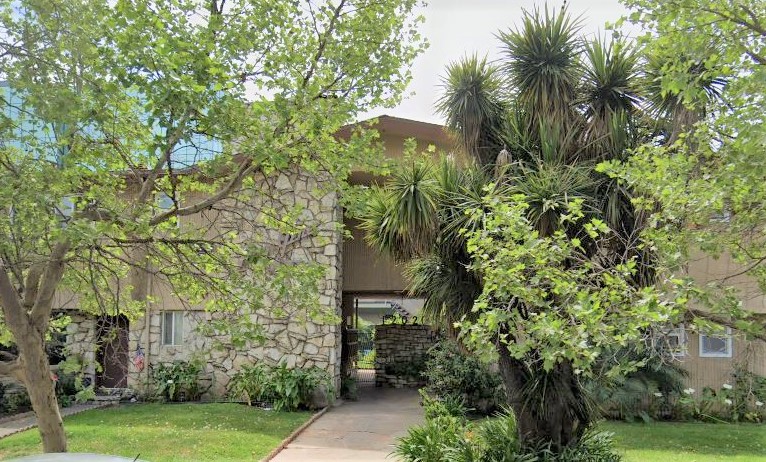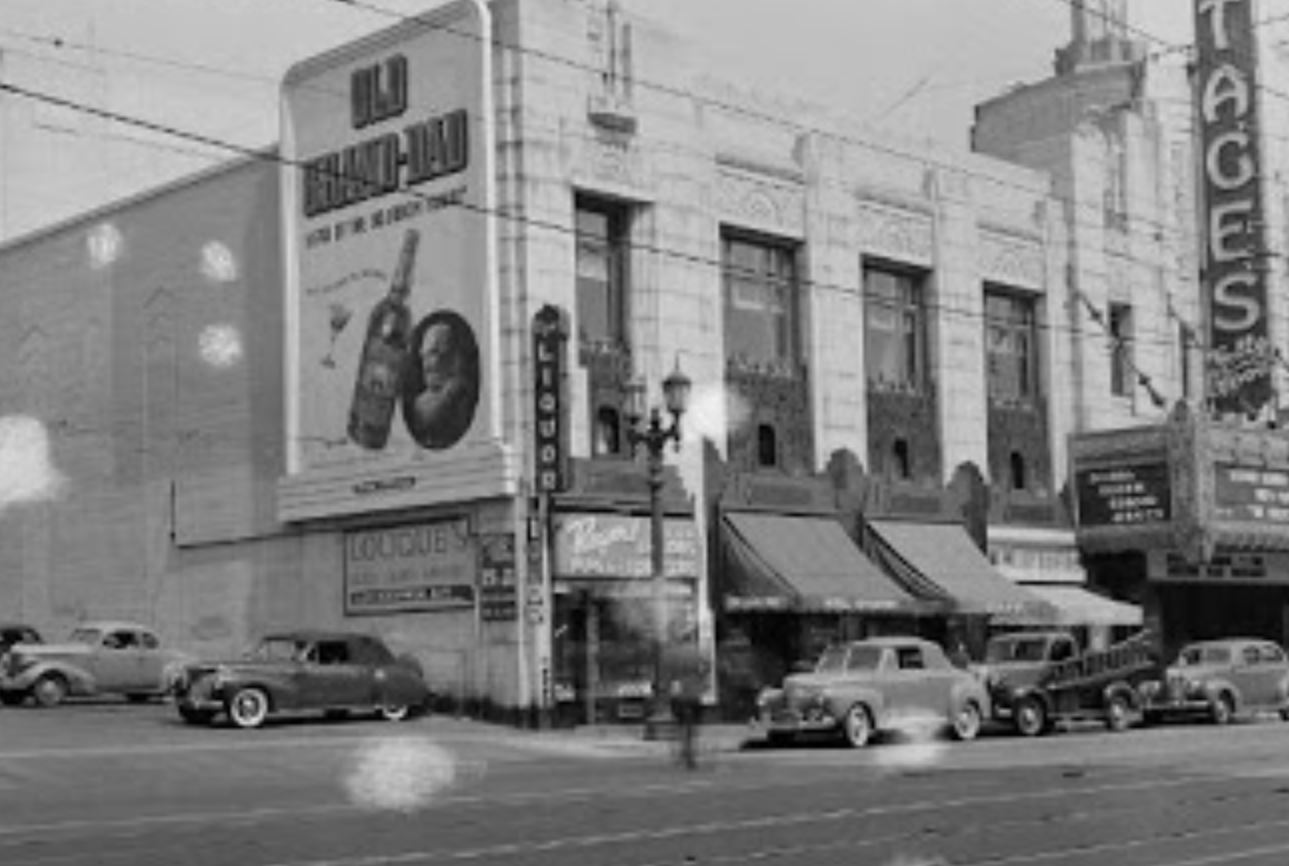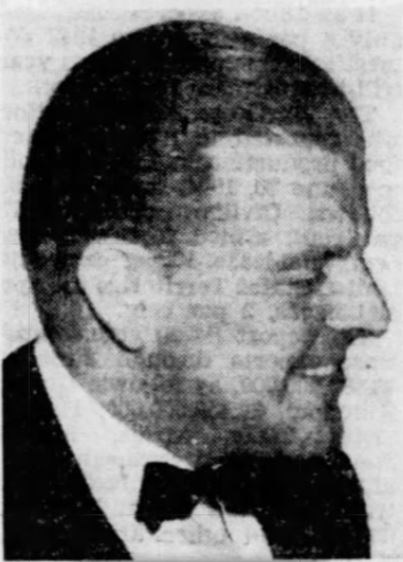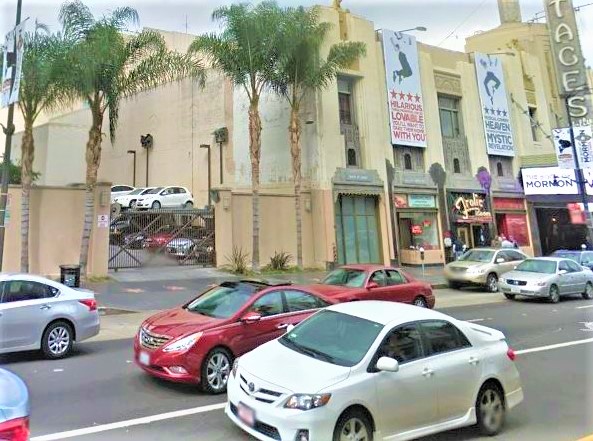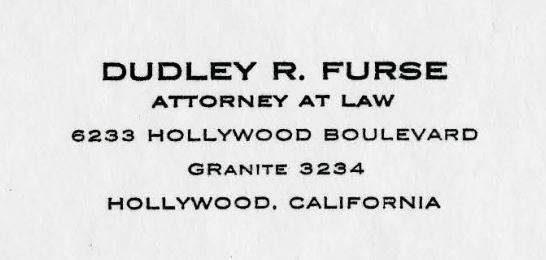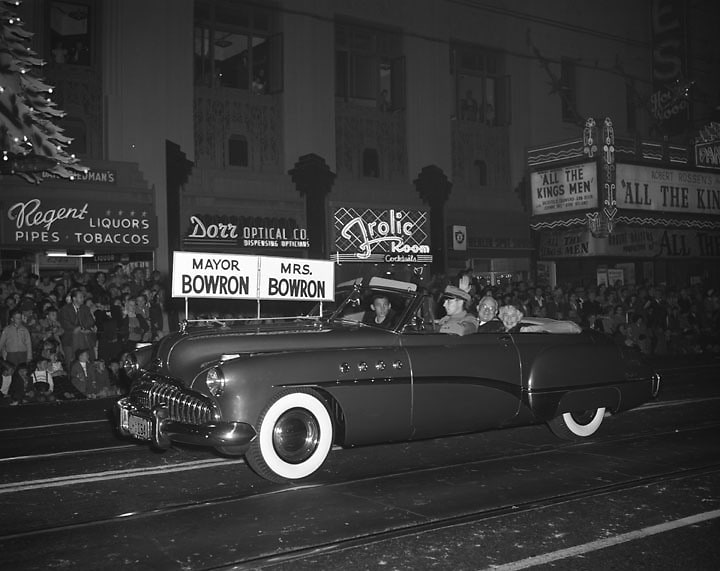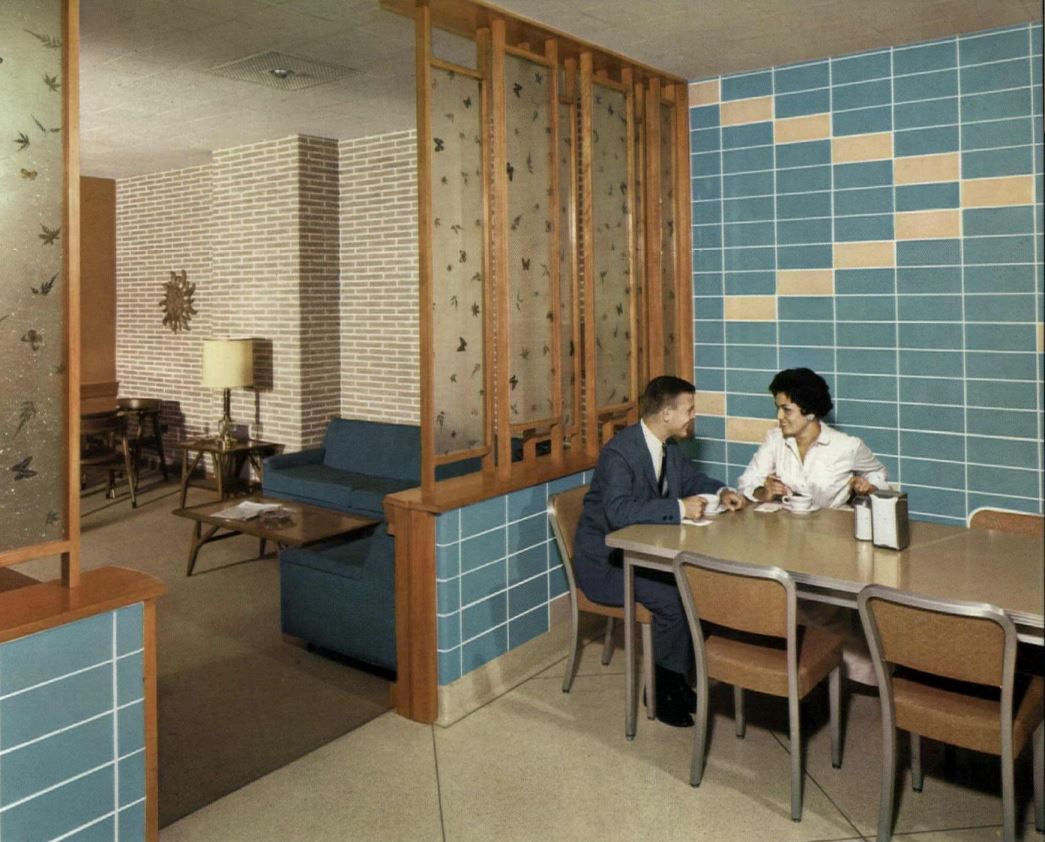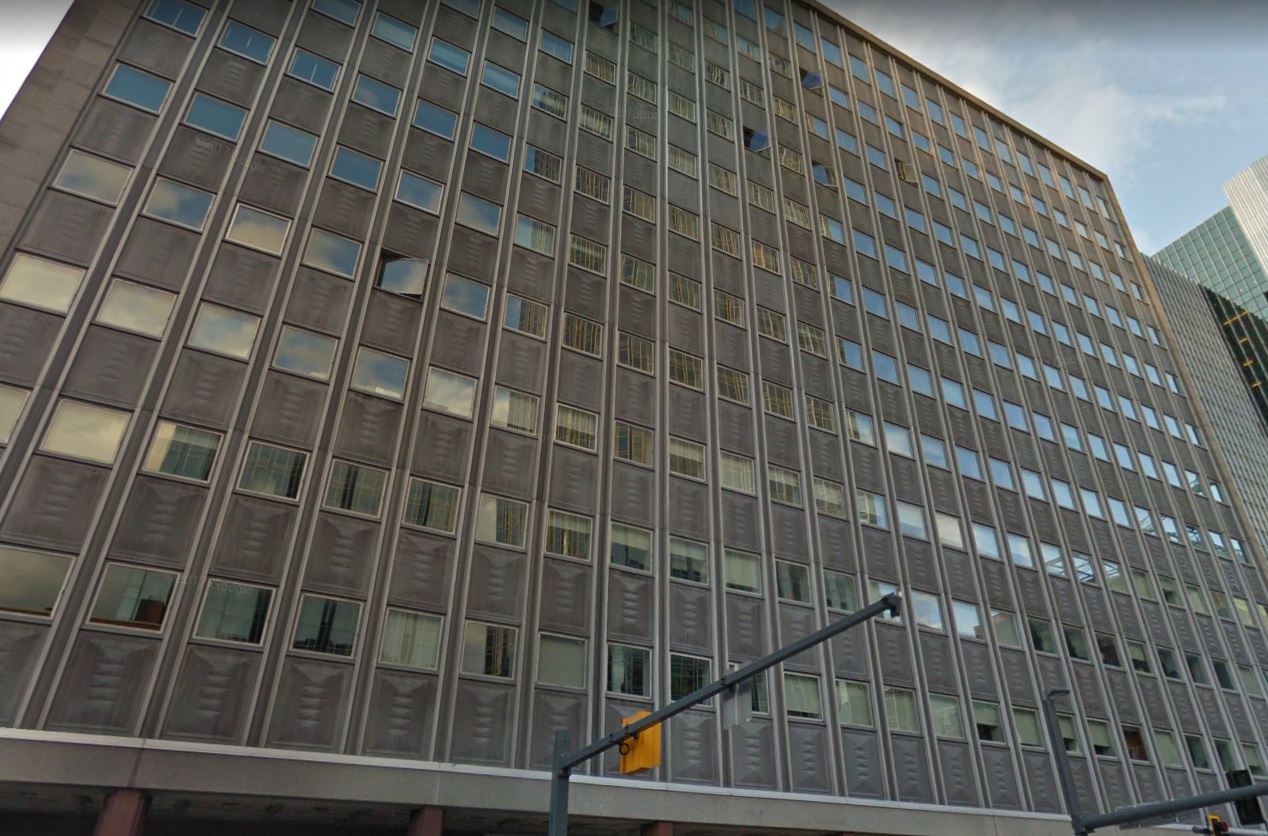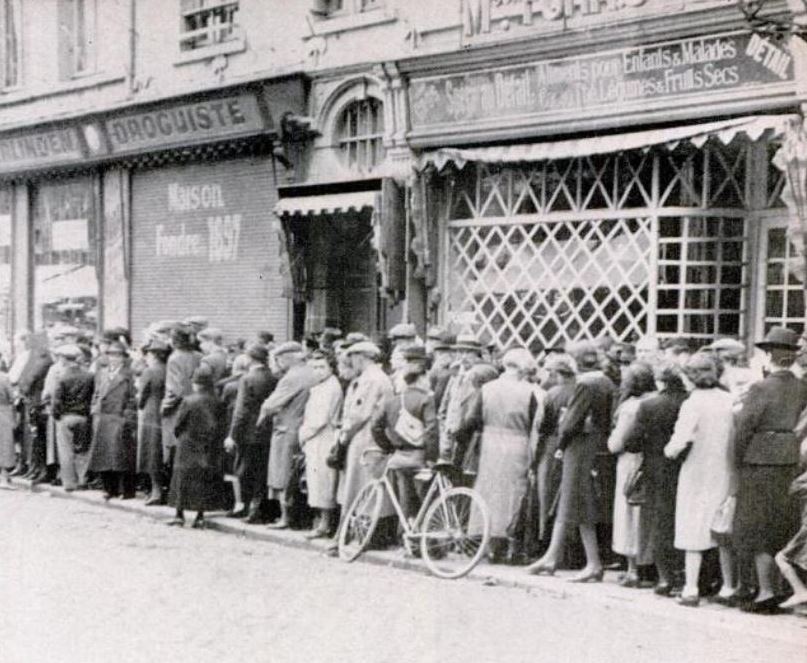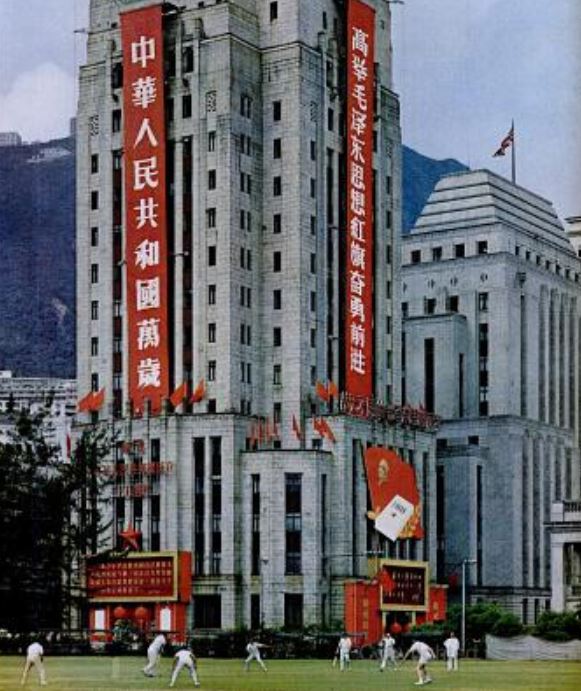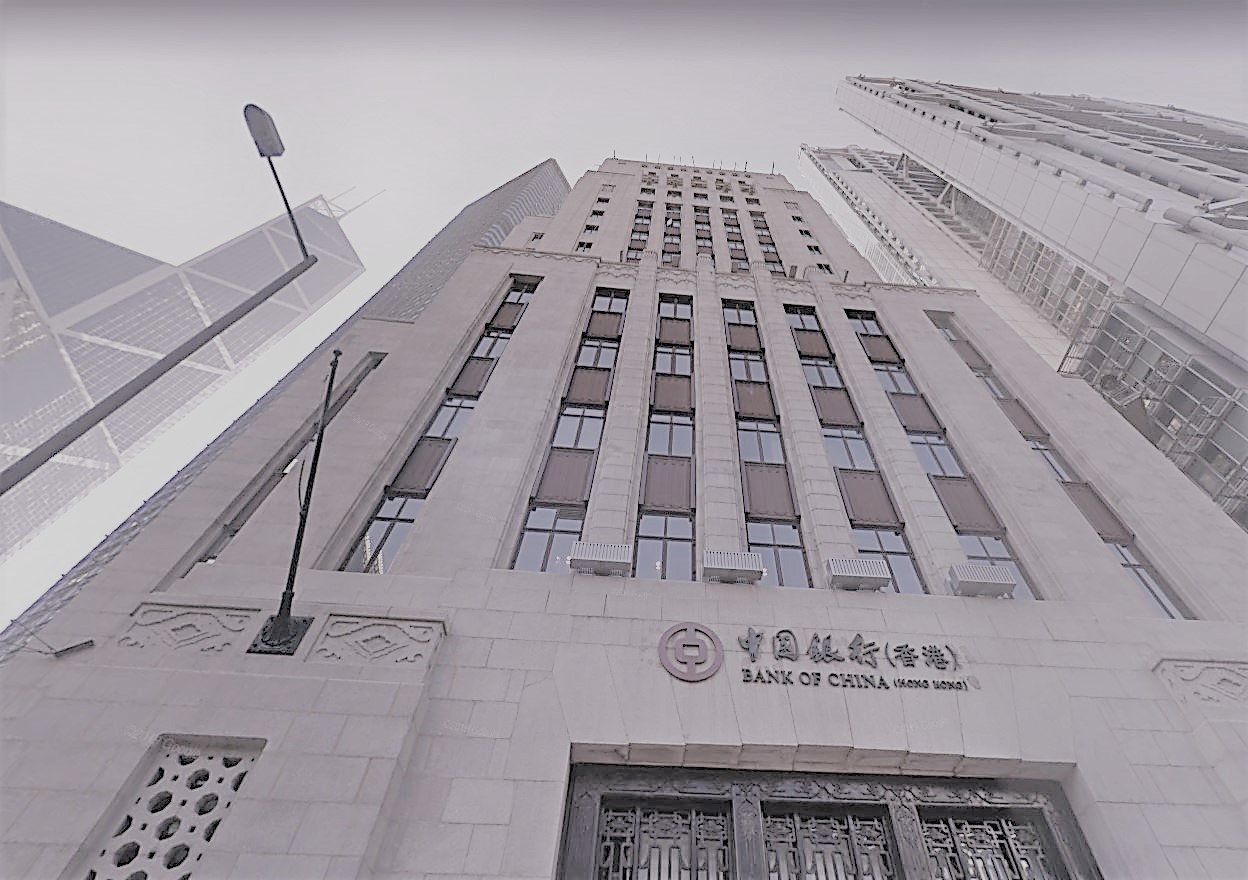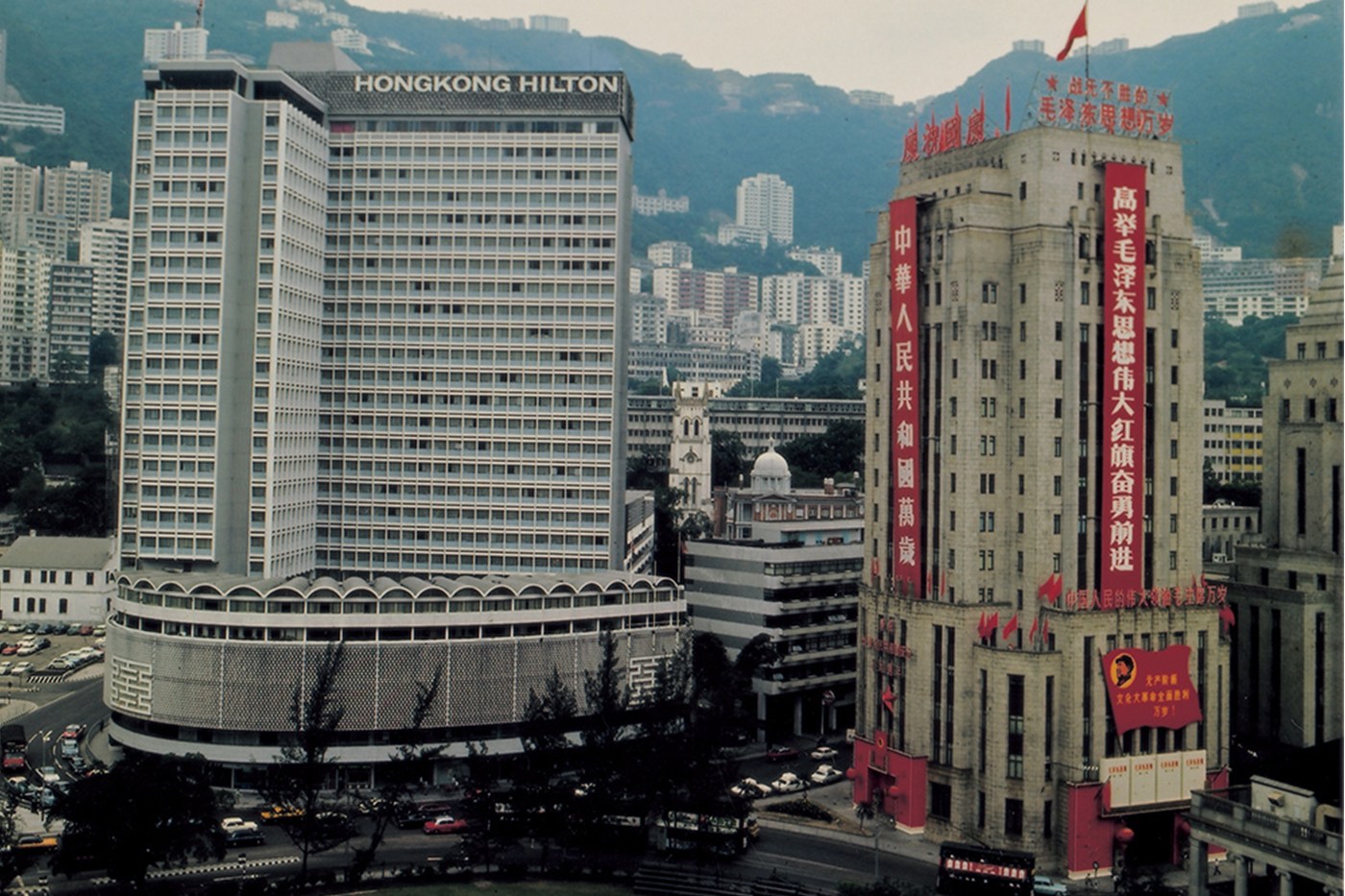Tom Neal was a middling movie actor from the late 1930s to the 1950s who was more known for his off-screen escapades than for his acting. Neal’s best role was in the curious film-noir, Detour. It’s non-copyrighted; check it out.
As a young man, Neal was an amateur boxer with a good string of wins.
Then, Neal was involved with actress Barbara Payton, herself a hard-luck case who was a hottie for all of three seconds before descending into alcoholism, madness, and violence.
Payton was engaged to actor Franchot Tone, then had an affair with Neal. Neal and Tone rivaled for Payton, and Neal ended up severely beating Tone.
But Neal’s best-known off-screen violence happened on April 1, 1965, at 2481 N Cardillo Ave, Palm Springs, CA, where he shot his wife, Gail Bennet, in the back of the head as she napped on a bed.
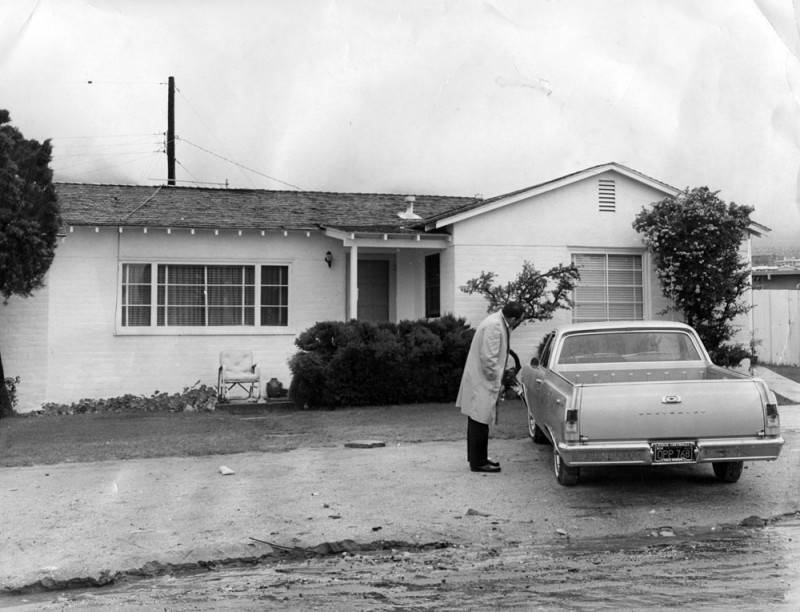
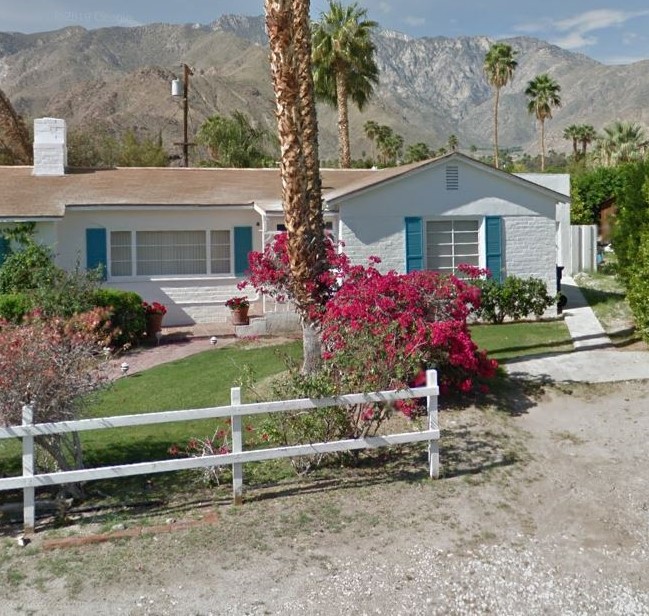
After essentially executing his wife, Neal drove up to the Tyrol Haus Restaurant, about an hour’s away above Palm Springs in Idyllwood.
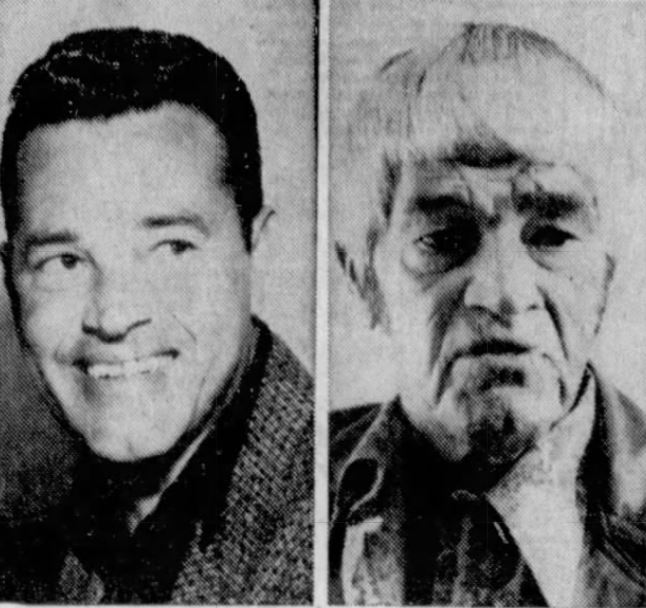
After legal machinations, Neal was sentenced to 1-to-15 years and served only 6 years.
Released in 1971 and sporting a Bobby Troup haircut, Neal as a gardener in Palm Springs for a short period. Before long, he came to be living in Studio City, circumstances unknown, with his 15 year-old son, Tom Neal, Jr.

And that’s curious. Neal’s apartment, at 12020 Hoffman St, Studio City, CA 91604, borders CBS Studio Center. Even though Tom Neal was the least employable actor in Hollywood, having just come out of prison and his looks very much gone, why would he choose to live in a studio-centric apartment building such as this one?
In 1972, Tom Neal died here. After years of hard living, his body gave up. Behind all of that mid-century modern flagstone, in the Ray-Gene Apartments, two stories, 26 units, built in 1956. It seems a fitting death, period-perfect, very Tarantino and Once Upon a Time in Hollywood.
